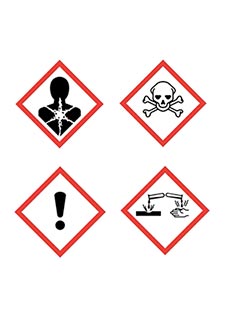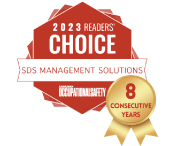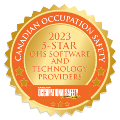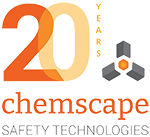The Limitations of PPE as a Hazard Control Method
July 26, 2019
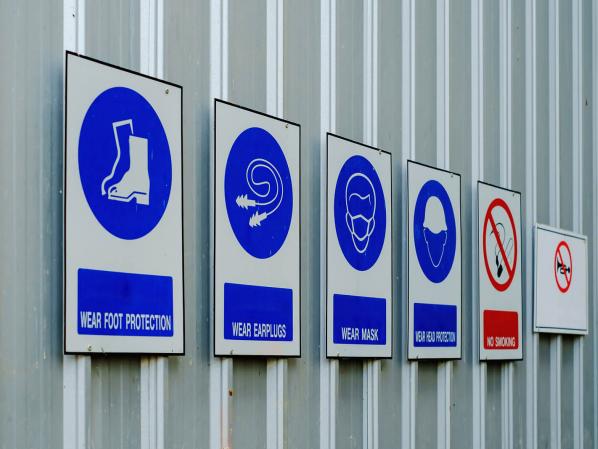
What is PPE?
Personal Protective Equipment (PPE) encompasses a range of specialized gear such as protective clothing, helmets, eyewear, footwear, and ear protection. Respirators, which shield against airborne contaminants, are also classified under the umbrella of PPE, serving as crucial defenses in hazardous environments.
The Importance of PPE
PPE gear safeguards workers from potential harm, be it physical injury, illness, or exposure to biological contaminants. Additionally, it reduces workplace risks and preserves the health of workers. As a result, PPE is an essential line of defense against hazards even though it has serious limitations.
What are The Limitations of PPE as a Hazard Control Method?
If you are familiar with the Hierarchy of Controls, PPE is listed as the last line of defense against injury, disease and death. After a chemical hazard assessment is done on a job task and the risk of injury or exposure is considered medium or high, controls need to be considered using the Hierarchy of Controls. If the hazard cannot be eliminated or substituted, engineering controls and administrative controls need to be used to mitigate the hazard. PPE is often a necessity to use after all other control measures have been considered and applied even though it is the least effective method of control. Therefore, it is important to understand the limitations and signs of failure.
Here are some disadvantages of PPE which need to be considered:
- PPE does not eliminate the health or physical hazards of the chemical.
- PPE can provide a false sense of security.
- Basic safety principles such as engineering controls, awareness and housekeeping must still be used.
- If the risk changes for the job task, the PPE may not match the new hazards.
- PPE in itself can add a new hazard to the job.
- PPE can restrict comfort and movement, causing fatigue and reducing productivity.
- PPE can restrict breathing, vision and communication.
- PPE elevates the risk for heat stress and dehydration.
- PPE can create psychological stress for the worker including symptoms of claustrophobia and panic attacks.
- PPE needs to be fitted to you specifically. PPE should not be shared.
- PPE needs to be removed before going home. Contamination on your PPE can follow you home from work and expose others in your household.
- PPE needs to be in good working condition to protect you.
- If PPE is found to be defective, it should be discarded and replaced.
- PPE can be expensive to purchase, maintain, and replace.
What Elements Should a PPE Management Program Have?
A PPE Management program is essential for the effective use of PPE and should have the following elements:
- Statement of purpose and responsibilities.
- Provision and budget for suitable PPE free of charge to the employee.
- Written procedures for selection, use, inspection, cleaning, maintenance and storage of protective equipment.
- Education on why PPE is needed to be worn and the hazards it protects the worker from.
- Maintenance and storage of PPE to keep it in good working condition.
- Provide training in the use of PPE.
- Respirator fit testing and medical clearance of respirator wearers.
- Consult employees on the suitability of PPE for their job task.
- Communication channels for employees to report PPE concerns or request modifications.
- Useful life of PPE and disposal.
- Support from leadership.
- Review of the program.
Success requires human diligence to ensure a PPE program is properly managed and PPE is used to its full extent when necessary. PPE is often not enough to prevent the many ways in which hazards can affect the worker. Substitution, elimination, engineering controls, and administrative controls set a worker up for success and promote resiliency against incidents by providing multiple barriers against potential incidents and exposures at your workplace.
Manage PPE Limitations with Chemical Management Software
Invest in Chemscape’s chemical hazard assessment management program (CHAMP) and develop a strategic plan that includes the use of PPE only where appropriate to ensure workplace health and safety.
